
 ShaPoTou in NingXia
ShaPoTou in NingXia

Live more ...
 ShaPoTou in NingXia
ShaPoTou in NingXia
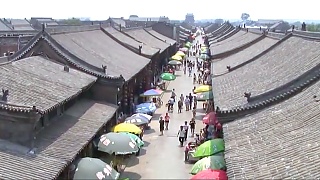
|
Including PingYao, Xi`An, GuiLin, the Dragon`s Backbone Rice Terraces, a Yao minority village, and the Li River ...
|
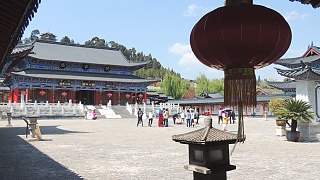
|
Over an hour of beautiful photographs taken throughout YunNan province ...
Plus wonderfully relaxing music :)
|

|
The WangXian Valley scenic area in ShangRao, JiangXi, is home to gorges, peaks, giant rocks, waterfalls, and a variety of Buddhist temples.
With Walk East ...
|
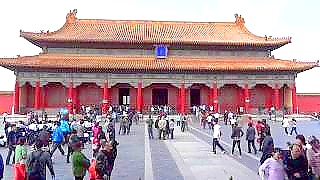
|
In central Beijing ...
|
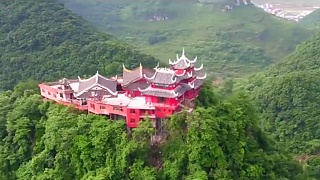
|

|
With Walk East ...
Bonus films - WuHan shopping streets ...
Ancient music show in Yellow Crane Pagoda ...
WuHan city night walk ...
|
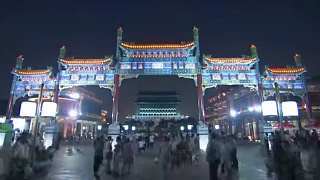
|
Learn more about the modern capital with a rich historical past. Welcome to the blue sky city of Beijing.
A great film by ABC7 ...
|

|
With Make It Happen Vlog ...
|